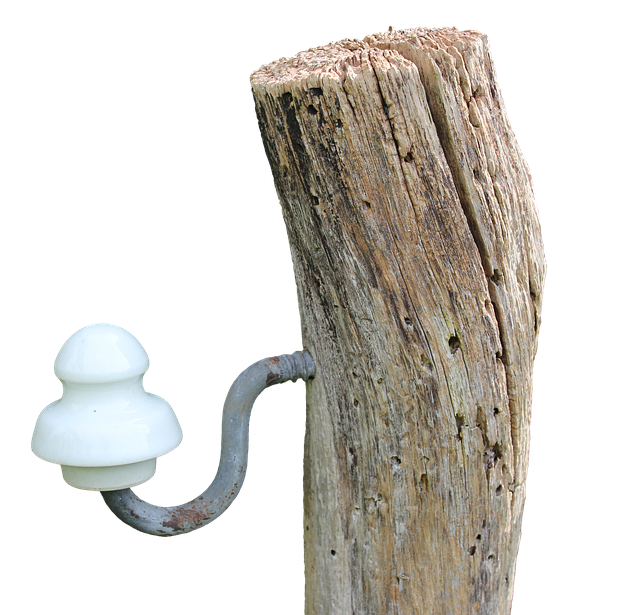In New Bedford, a well-maintained fence not only enhances outdoor spaces but also adds value to properties. This comprehensive guide delves into the essential aspects of New Bedford fence repair and installation. From understanding local needs and choosing the ideal fence type and style, to exploring the installation process, best practices, and maintenance tips for longevity, we provide insights to ensure your fencing project excels. Whether aiming to repair an old fence or install a new one, this article equips homeowners with knowledge for successful outcomes.
- Understanding New Bedford Fence Needs
- Choosing the Right Fence Type and Style
- Installation Process and Best Practices
- Maintenance Tips for Longevity
Understanding New Bedford Fence Needs
Fences are an essential part of any property, offering both functional and aesthetic benefits. In New Bedford, homeowners often face unique challenges when it comes to fence maintenance due to the region’s diverse climate and potential environmental factors. Understanding these needs is crucial for effective fence repair and installation. The local landscape, from coastal areas to suburban neighborhoods, requires tailored solutions to withstand various conditions, including harsh winters and salty sea air.
Regular inspections are key to identifying issues early on, whether it’s a broken post, rot in wooden fences, or damage caused by wildlife. New Bedford residents should consider the type of fence best suited to their property, climate, and budget. For instance, vinyl fences are low-maintenance and durable, while wood fences require more care but offer a classic look. Understanding these variables ensures that any repair or installation work is done efficiently, providing long-lasting results.
Choosing the Right Fence Type and Style
When considering fence repair or installation in New Bedford, choosing the right type and style is an essential first step. The most popular options include wooden fences, known for their classic charm and durability, vinyl fences, which are low-maintenance and come in various colours, and chain-link fences, ideal for security and spanning large areas. Each material offers unique benefits, so it’s crucial to consider your property’s needs—whether that’s aesthetic appeal, privacy, or robust security.
Additionally, different fence styles cater to diverse preferences. From traditional picket fences to modern vertical slat designs, each style adds a specific character to your outdoor space. Thinking about the overall look you desire and how the fence will blend with your property’s landscape is key to making an informed decision that enhances your home’s curb appeal.
Installation Process and Best Practices
When it comes to fence installation, proper planning and execution are key. The process begins with assessing your property and choosing a suitable fence design that aligns with both aesthetic preferences and practical needs. It’s crucial to consider factors like height, material, and local regulations before breaking ground. Clear communication with the installer about these details is essential for a seamless project outcome.
Best practices involve ensuring a solid foundation by preparing the ground adequately and following manufacturer guidelines for post placement. Lineup and alignment are critical during installation to maintain structural integrity and visual appeal. Regular maintenance, such as cleaning and inspecting the fence, will contribute to longevity and preserve its appearance over time.
Maintenance Tips for Longevity
Regular maintenance is key to ensuring your new or repaired fence lasts for years to come. Start by inspecting your fence regularly, keeping an eye out for any signs of damage, rot, or loose posts. Addressing these issues promptly will prevent small problems from turning into major repairs.
Keep your fence clean and free from debris by sweeping or brushing away leaves and other accumulate matter. Apply a fresh coat of paint or sealer every few years to protect the wood from the elements, especially if you live in an area prone to harsh weather conditions. Lastly, consider trimming nearby trees and shrubs to prevent branches from causing damage or impeding airflow around the fence, keeping it dry and healthy.
